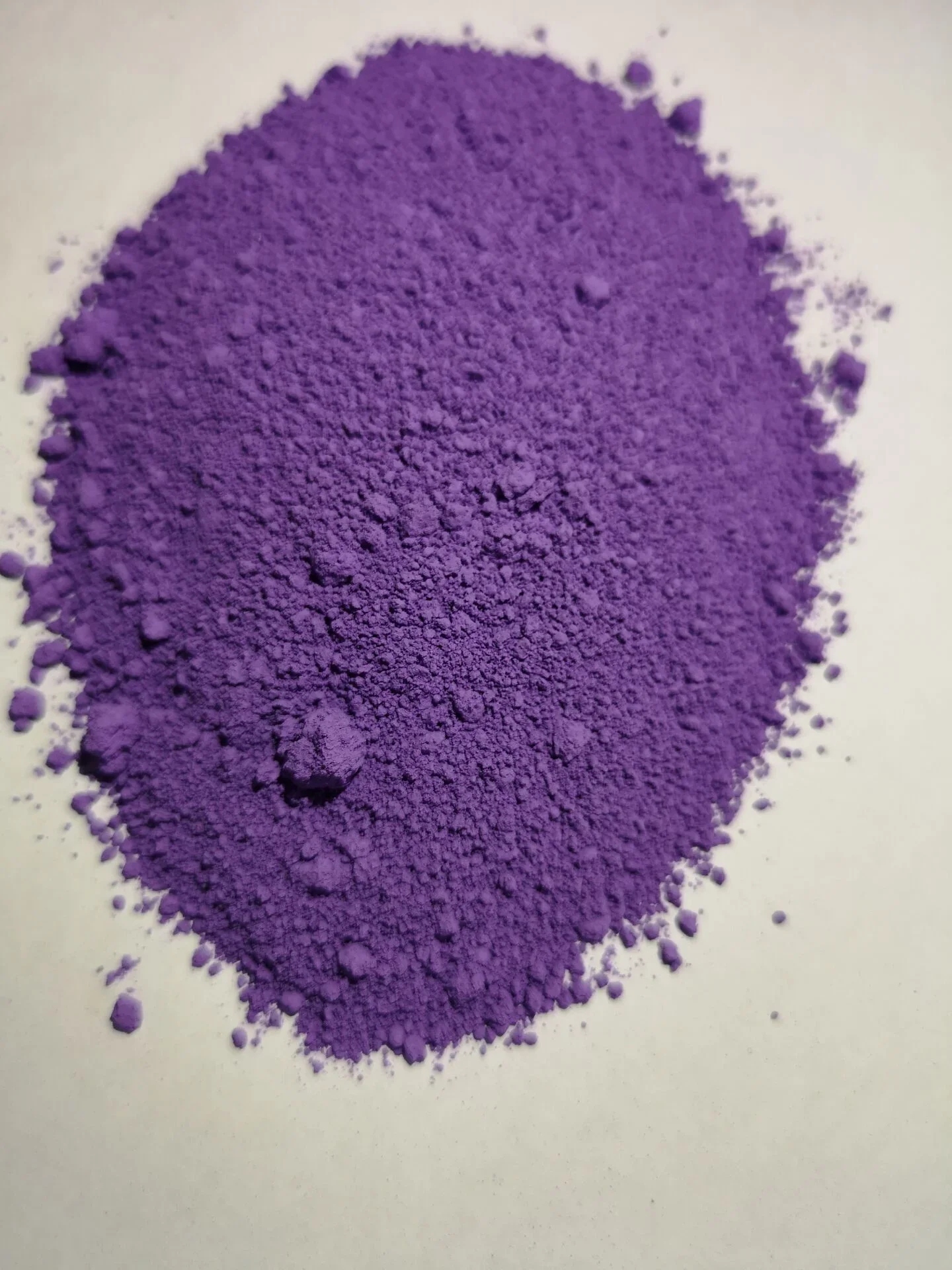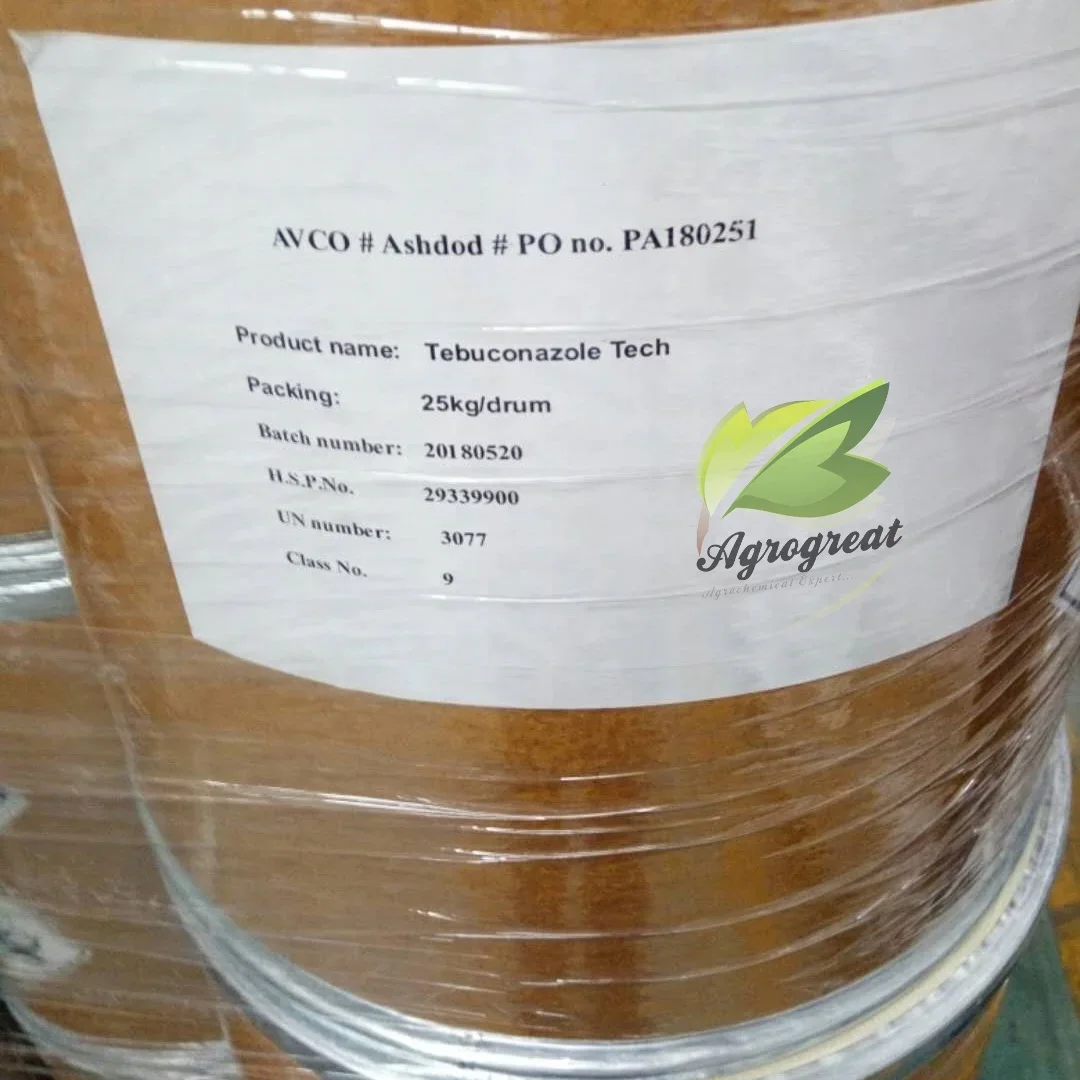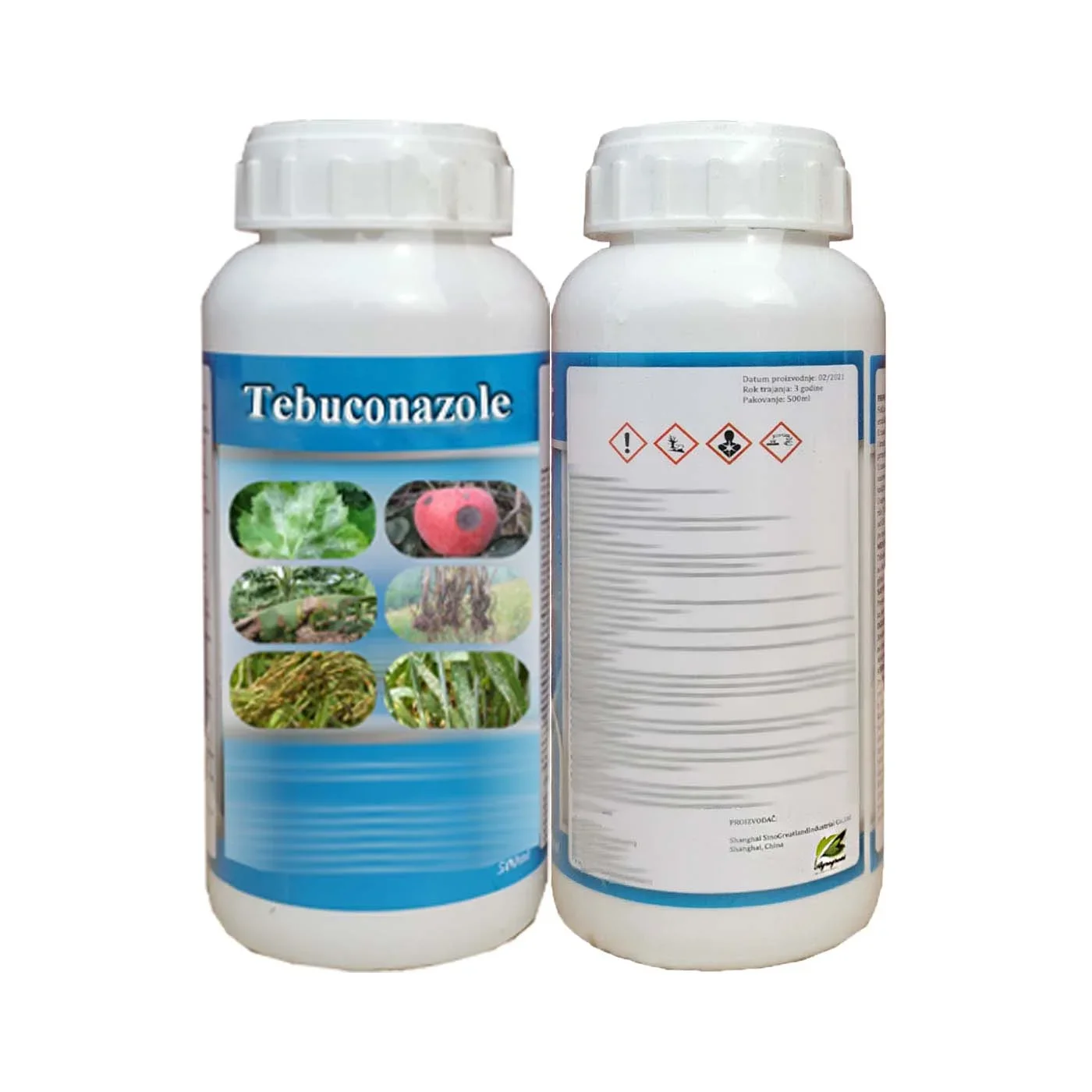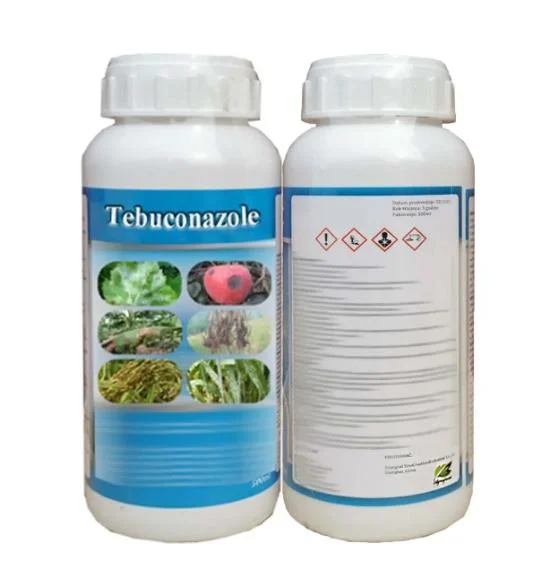Fungal pathogens pose a significant threat to agricultural productivity worldwide. These microscopic organisms can cause devastating diseases in crops, leading to yield losses and economic hardships for farmers. However, with the advent of modern agricultural technologies, effective solutions have emerged to combat these fungal infections. One such solution is Tebuconazole, a systemic fungicide that has proven to be highly effective in managing fungal pathogens in agriculture.
I. Understanding Fungal Pathogens
Before delving into the role of Tebuconazole, it is essential to understand the nature of fungal pathogens. Fungi are microscopic organisms that thrive in various environmental conditions, including soil, air, and plant surfaces. They can infect plants through wounds, natural openings, or by penetrating the plant's tissues. Once inside, they multiply rapidly, causing diseases such as powdery mildew, rust, and leaf spot.

II. The Mechanism of Action of Tebuconazole
Tebuconazole belongs to the triazole class of fungicides and acts as a systemic fungicide. It is absorbed by the plant and translocated to various parts, including leaves, stems, and roots. Once inside the plant, Tebuconazole inhibits the biosynthesis of ergosterol, a vital component of fungal cell membranes. This disruption weakens the fungal cells, ultimately leading to their death. Moreover, Tebuconazole also exhibits protective properties, preventing the spread of fungal infections within the plant.
III. Effective Control of Powdery Mildew
Powdery mildew is a common fungal disease that affects a wide range of crops, including grapes, cucurbits, and roses. Tebuconazole has proven to be highly effective in controlling powdery mildew infections. Its systemic nature ensures that the entire plant is protected, including new growth. Regular applications of Tebuconazole during the growing season can significantly reduce the severity of powdery mildew and prevent yield losses.
IV. Managing Rust Diseases
Rust diseases, caused by various fungal pathogens, can have devastating effects on cereal crops, such as wheat and barley. Tebuconazole has demonstrated excellent efficacy in managing rust diseases, particularly when applied preventively. By creating a protective barrier on the plant's surface, Tebuconazole prevents the germination and penetration of rust spores, effectively controlling the disease.
V. Controlling Leaf Spot
Leaf spot diseases, caused by different fungal pathogens, can affect a wide range of crops, including tomatoes, potatoes, and citrus fruits. Tebuconazole has shown remarkable control over leaf spot diseases, both as a preventive and curative treatment. Its systemic properties allow it to reach the infected leaves and inhibit the growth of fungal pathogens, preventing further damage to the plant.

VI. Environmental Impact of Tebuconazole
While Tebuconazole is highly effective in managing fungal pathogens, it is crucial to consider its environmental impact. Like any chemical pesticide, Tebuconazole should be used responsibly, following recommended dosage and application practices. Additionally, it is essential to adhere to local regulations and guidelines to minimize any potential adverse effects on the environment.
VII. Future Prospects and Conclusion
Tebuconazole has emerged as a valuable tool in the fight against fungal pathogens in agriculture. Its systemic nature, combined with its efficacy against a wide range of fungal diseases, makes it a preferred choice for farmers worldwide. However, continuous research and development are necessary to ensure the sustainable use of Tebuconazole and the development of alternative solutions to manage fungal diseases in the long run.

In conclusion, Tebuconazole offers a promising solution for managing fungal pathogens in agriculture. Its systemic action, effectiveness against various diseases, and protective properties make it an invaluable tool for farmers. However, it is essential to use Tebuconazole responsibly, following recommended practices, and considering its environmental impact. By incorporating Tebuconazole into integrated pest management strategies, farmers can effectively combat fungal diseases and safeguard their crops, ensuring sustainable agricultural productivity.






